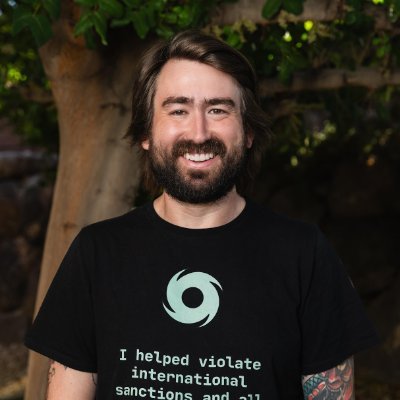On August 15, 2010, Bitcoin broke.
A bug in Block 74638 created 184 billion BTC out of thin air. That’s not a typo. Two outputs of 92 billion BTC each slipped through because the code didn’t check for integer overflow. The system just accepted it. Bitcoin’s sacred 21 million cap? Completely ignored.
This wasn’t a theoretical flaw. It actually happened. And it proved something most people still don’t understand.
Bitcoin’s scarcity is not protected by code. It’s protected by people.
The only reason Bitcoin didn’t die that day is because someone noticed. A fix was pushed. A patched client was released. Nodes upgraded. Within five hours, the invalid block was erased from consensus. Bitcoin’s monetary policy was rescued, not by the protocol, but by the humans running it.
That’s the truth behind the “trustless” narrative. Code did not save Bitcoin. The community did.
Scarcity was never a guarantee. It was a fight. And it still is.
Show original668
134.06K
The content on this page is provided by third parties. Unless otherwise stated, OKX is not the author of the cited article(s) and does not claim any copyright in the materials. The content is provided for informational purposes only and does not represent the views of OKX. It is not intended to be an endorsement of any kind and should not be considered investment advice or a solicitation to buy or sell digital assets. To the extent generative AI is utilized to provide summaries or other information, such AI generated content may be inaccurate or inconsistent. Please read the linked article for more details and information. OKX is not responsible for content hosted on third party sites. Digital asset holdings, including stablecoins and NFTs, involve a high degree of risk and can fluctuate greatly. You should carefully consider whether trading or holding digital assets is suitable for you in light of your financial condition.

